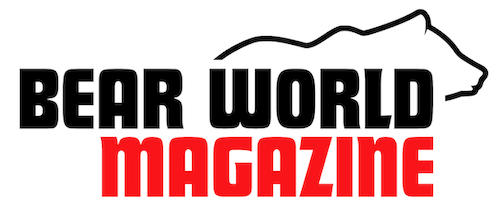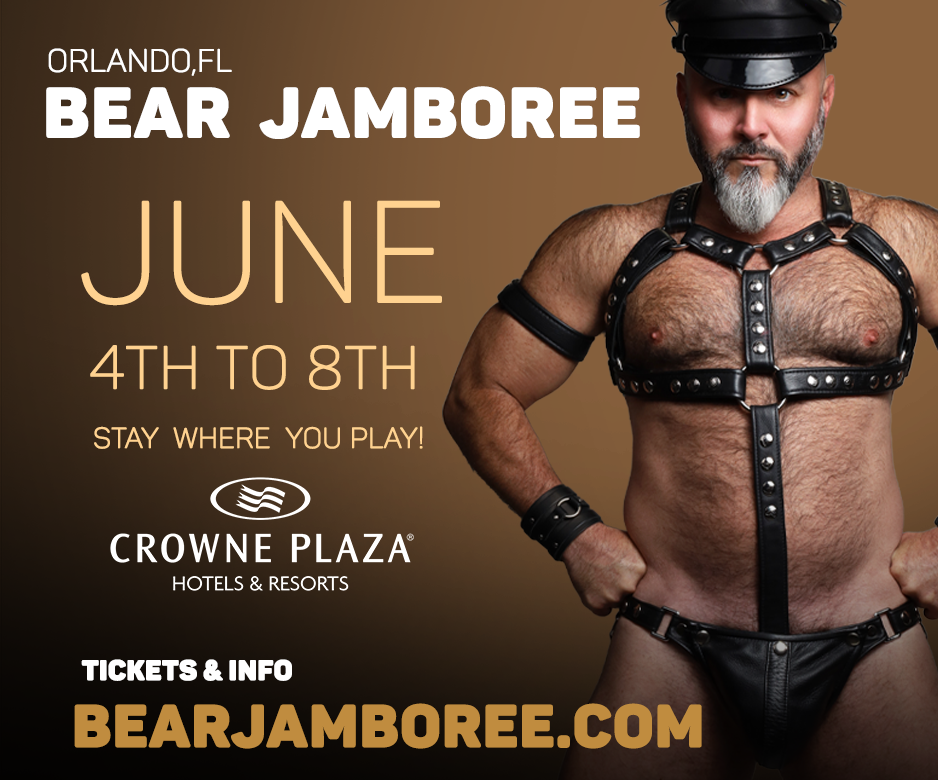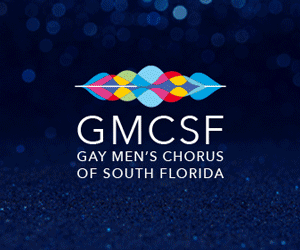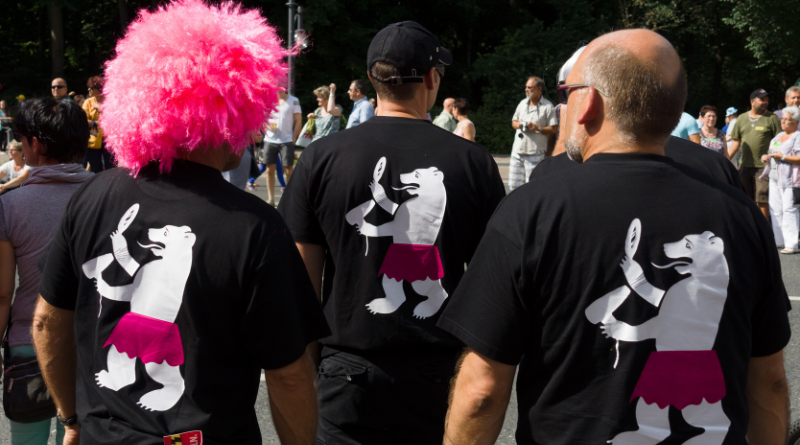
Bear Tracks: Bears Come to Europe
Although extinct for centuries in Europe, the bear is deeply engrained in every European culture. It has a long pedigree in Celtic, Nordic, Slavic, and Germanic societies. Ancient Greek and Roman mythology embraced the bear as a feminine symbol of fertility and child-rearing. In Celtic culture a warrior chose the bear as a totem to draw power to safeguard the clan, energize himself for battle, and to strengthen his will and vigor for the battle. In Nordic mythology warriors would don bearskins for inspiration and work themselves into a frenzy, entering a trance, to prepare for battle. They went “berserk”—a state inspired by wild bears, making them ferocious. These warriors were called Berserkers. Bear heritage is preserved in the names of numerous European cities and are depicted on their city flags, most notably Berlin and Bern.
Gay bears, of course, are rarely known to go berserk, outside of banquets and buffet lunches. The concept of gay bear identity was first introduced to Europe by gay European visitors to San Francisco and New York City. Michael Zgonjanin, of Cologne, Germany, reports that his 1981 visit to a group called “Beards Meeting Beards” at the Kings Arms in London gave him an idea. In the early 1980s I rented out a room in my house in the Castro to him. He and his friend Henning Marburger, who also frequently visited the US, thereafter, decided to create a bear group in Cologne in late 1984. Soon thereafter they held the first Bärennacht (bear’s night) during the Cologne Carnival in 1985.
Carnival in Germany has a long history stretching back to the Middle ages.. Cologne’s Karneval traditions are distinct from the traditions of Fasching (southern Germany and Austria) and Fastnacht (southwest Germany and Switzerland). Karneval (the “fifth season”) officially begins at 11:11 AM on 11/11. Highlights include costume balls, parties, parades in various neighborhoods, Büttenreden (a tradition of humorous, rhyming speeches), and endless cries of “Kölle Alaaf” (“Long live Cologne!”). The celebration culminates with the Rose Monday parade, which stretches four miles in length, and is heavy on political satire. Karneval concludes with the Nubbelverbrenning (“burning of the straw man”), bonfires to burn away the sins committed during Karneval.
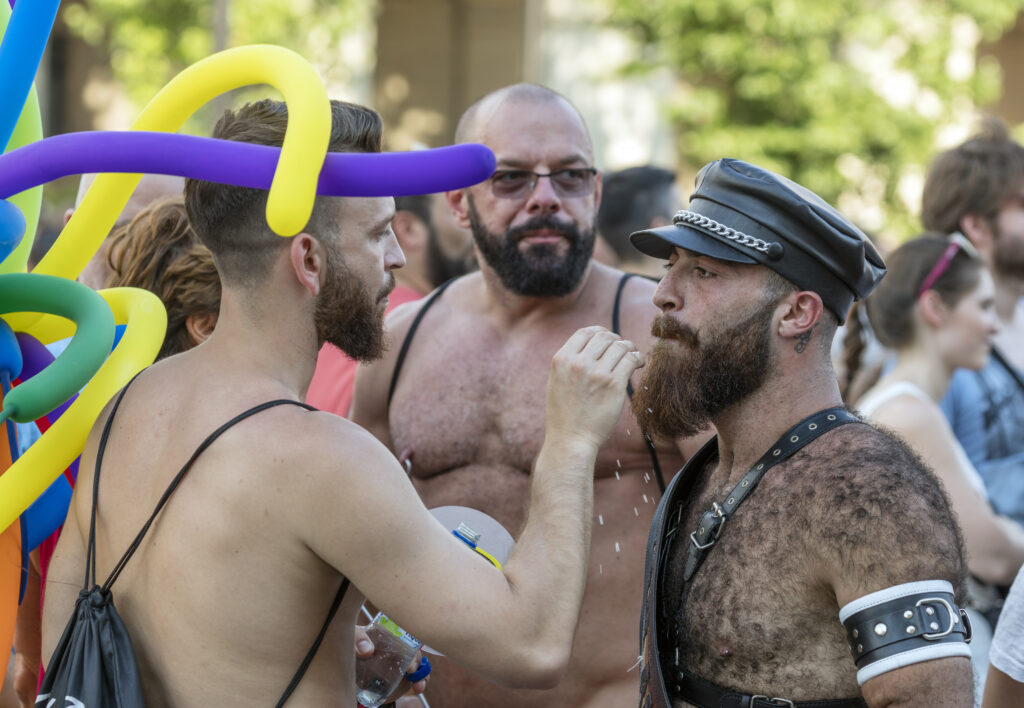
The bear idea soon spread. The Berliner Bären-Bartmänner group was formed in Berlin. The Dutch organized their first meeting in Utrecht in 1988. London, Paris, and Madrid soon followed suit. Zgonjanin identifies Cologne as “the cradle of events within the bear movement in Europe.” The first big meeting of bears took place in Cologne in 1995, drawing some 500 gay men. Around the year 2000, Zgonjanin notes, the bear movement spread quickly throughout Europe. The 2004/2005 Bear Pride Cologne drew some 4000 bears. Zgonjanin has continued his commitment to the bear community and includes coverage of bear activities in BOX Magazine, where he is the chief editor (https://box-magazin.com/category/baeren/).
Tommy McCann has observed that there is a much closer affiliation with leather in the German bear community than elsewhere, which he ascribes to mainstream German culture’s “general predilection” for leather. He has also observed that bears in Berlin frequently attend cultural events, such as the opera, live theater, and concerts. In contradistinction to the blue-collar ethos of bears in the US (which McCann calls “inverted snobbery”), high culture is a part of everyday life for Germans. And so it is too for German gay bears.
Gay bears arrived in England and France from the US as well. McCann has written about the appropriation of the American model of bears—the notion that beards, huskiness, body hair, an affectionate and nurturing nature are markers of the “naturally masculine” gay man. Writing in 1997 he lamented the transformation of gay bears as a new and refreshingly welcoming presence in the gay world through its rapid assimilation into “just another exclusive group.” “What began, perhaps, as a reaction against prevalent gay behavioral and visual models has led to something that is just as rigid and just as reactionary as what went before. The increasing number of bear beauty competitions has led to a narrow definition of what a bear should look like.” [The Bear Book, 258]
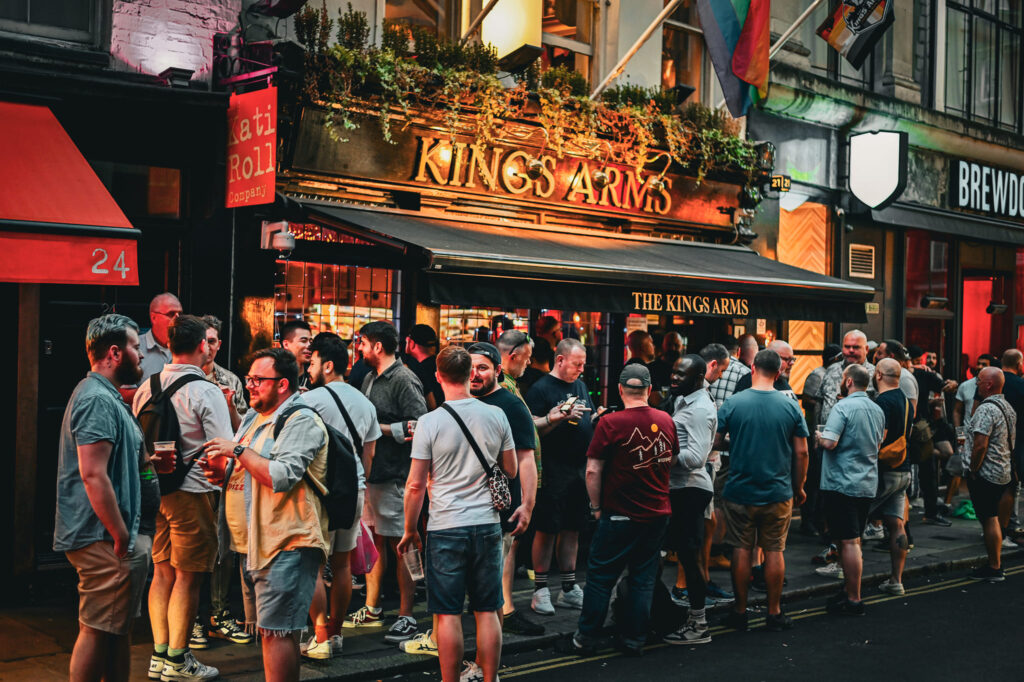
In contrast to McCann’s lament, fellow Brit Howard Watson celebrated the proto-bear English lineage of Falstaff, Shakespeare’s beloved comic character in Henry IV, Part 1, Henry IV, Part 2, and The Merry Wives of Windsor. He is a full-bearded, large-bellied, lustful knave. This character has been echoed in numerous radio and TV shows, plays, and films in the United Kingdom. While embracing the American teddy bear, the Brits also have their beloved Pooh and Paddington Bear.
French writer Pierre De Mey drew a distinction between the Anglo-Saxon and (European) Latin cultures. He finds southern European societies to be matriarchal in structure—women rule. He saw the French gay community in the late 1980s divided into two distinct, and unequally sized, groups—mainstream and leather/uniform/SM. Beards and body hair were by and large unwelcome in French culture in the 1990s and 2000s. He reports that personal ads often included the warning “No beards, fats, glasses.” De Mey discerned seven archetypes within the fantasies of the American gay bear in the 1990s—woodsman/lumberjack, blue-collar, patriarch, warrior, Santa Claus, teddy bear, and “mature male bear.” Of these, he asserts, only the woodsman/lumberjack, the patriarch, and the warrior applied to southern European bears. Hence, their close affinity to the leather/SM subculture.
Since 2000 gay bear culture has reached every corner of Europe. The history of these developments, both the early years (1980s—2000) and post-2000 expansion, has yet to be documented and written. I look forward to readers sharing their participation in and knowledge of bear history in their countries. I also invite individuals to contact me about serving as a guest column to share their histories.
